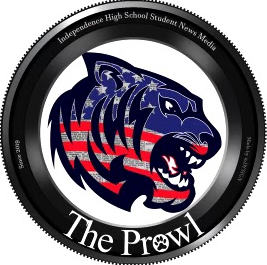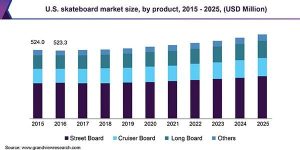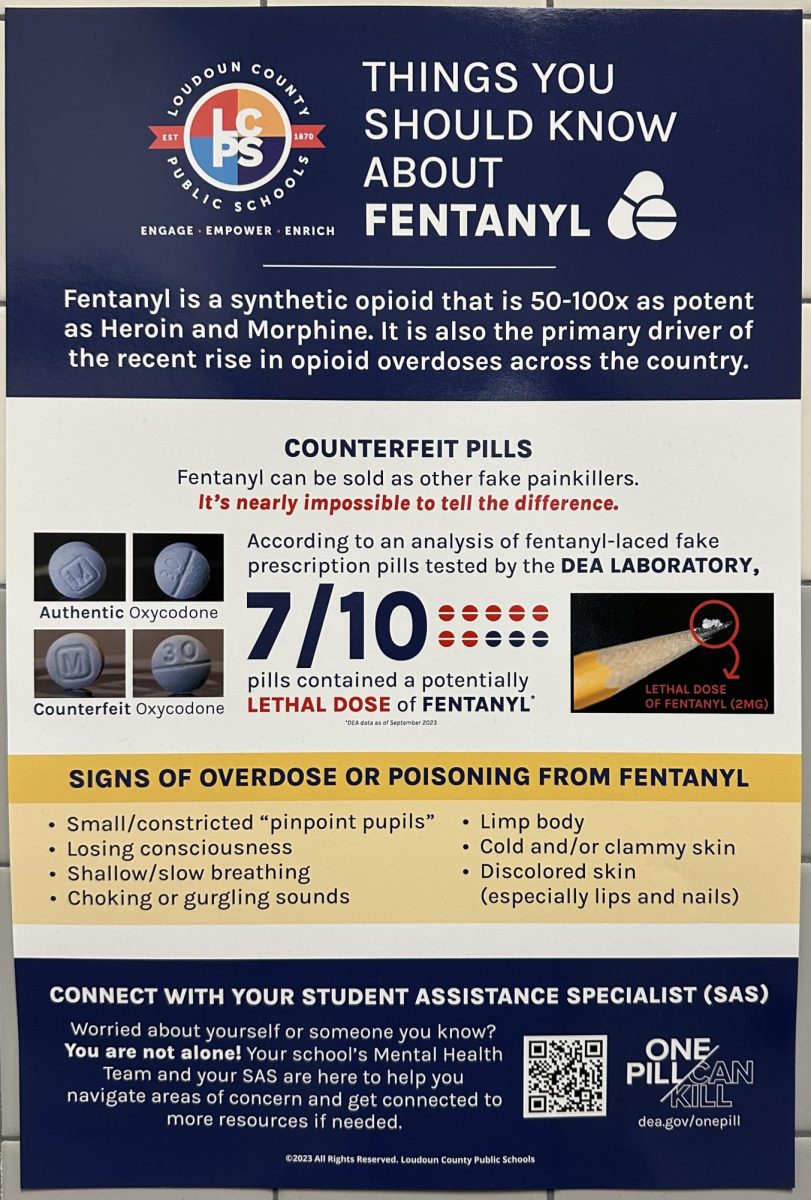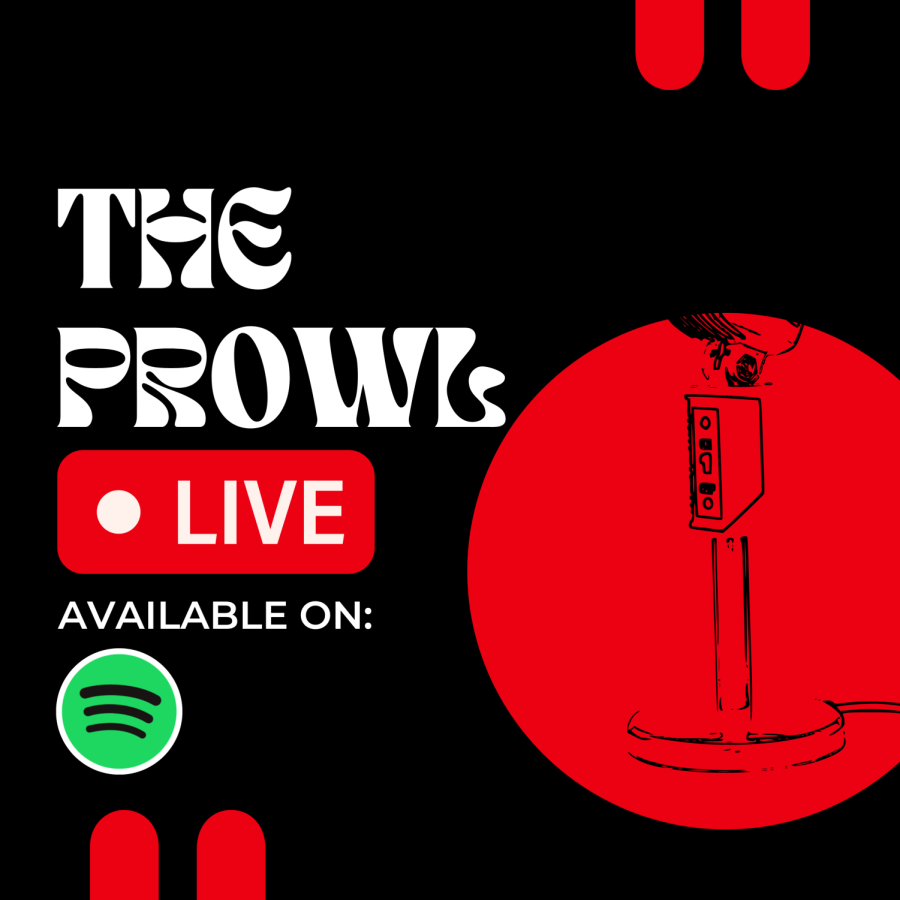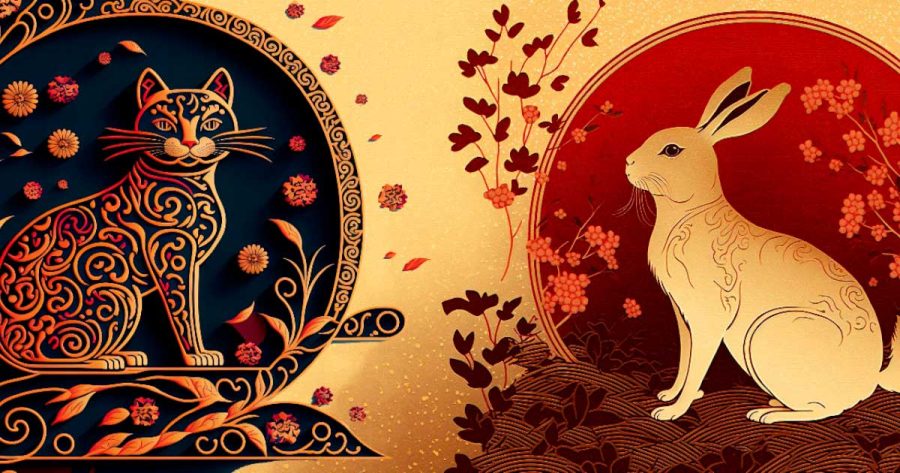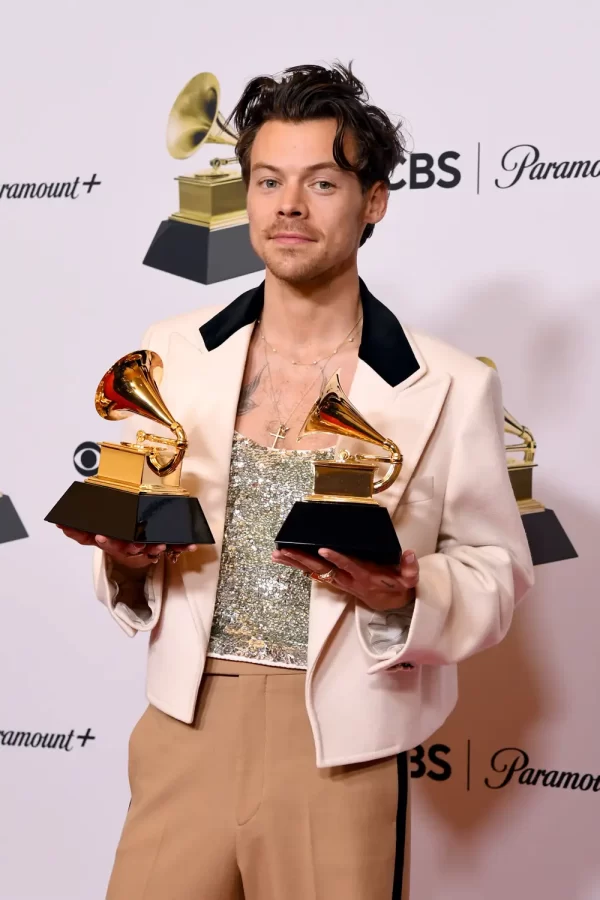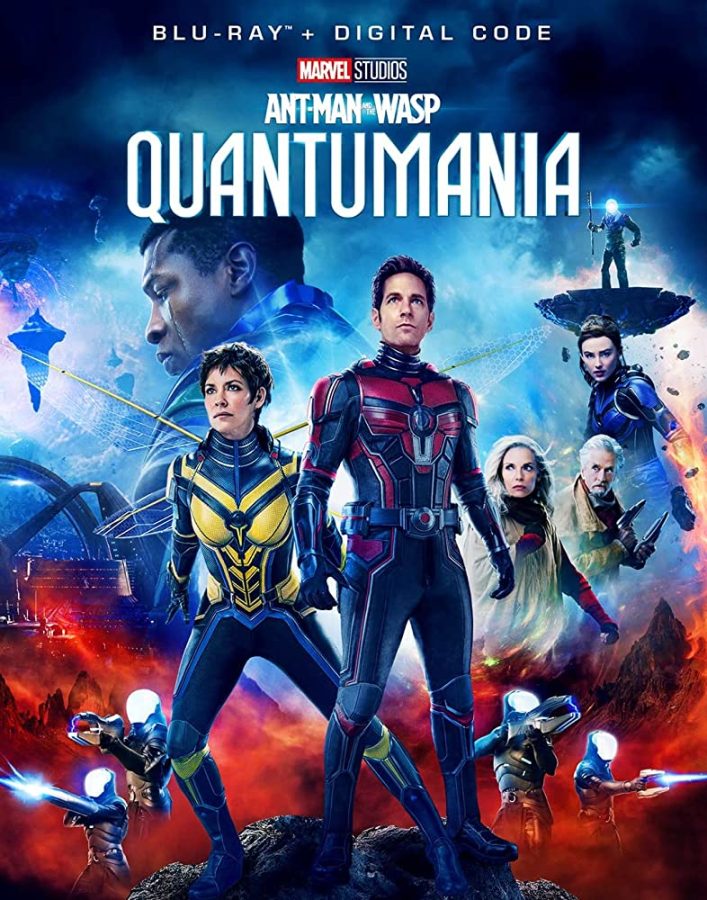A popular form of recreation that made its first appearance in 1959, skateboarding has been a staple in American culture. First known as “sidewalk surfing,” skateboarding has seen its ups and downs and has faced many revivals throughout the decades.
During the ‘80s, skateboarding had vanished to the underground. New styles and the recognizable culture of skateboarding would soon rise up during the ‘90s. The daring identity of the sport helped it catch the attention of the youth and once again it would experience a new revival.
It seems the pattern has repeated, and 2020 is the new mainstream golden age of skateboarding. Ushering in over 6 million active skateboarders in the U.S., and its induction into the Olympics, skateboarding is the next big thing.
Why has this happened and why now?
There are a couple of reasons skateboarding has, once again, started its climb to mainstream status during 2020 and why it’s different than before.
More time on our hands and the COVID-19 effect:
A lot of people blame the rising popularity of skateboarding on the fact that people have more time on their hands. COVID-19 has been a stressful time for most Americans, but it has also left them with more time to pursue hobbies (especially the younger demographic) and most people preferring outdoor activities.
According to the New York Times, “Quarantine Fatigue” has shown an increased restlessness among those stuck at home. This restlessness has led to a huge spike of people participating in outdoor activities after the one month mark of most stay at home orders.
This is a key contributor to the spike in skateboarding in 2020. Not only is there a spike in skateboarders from the age of 20-30, but there is also a huge increase in the number of skateboarders in the 12-19 age group.
With skateboarding being an outdoor recreational activity, it has been a suitable option for students during this time because it has allowed them to hang out with friends and still be socially distanced.
Sophomore Wesley Campolattaro has been skateboarding for two and a half years. He finds joy in skateboarding because “there’s no guidelines for skateboarding, no rules you need to follow, no lessons to pay for… and it’s really fun.”
Campolattaro also enjoys skating with his friends and explained that he’s made some of his best friends through skating. It’s this shared passion for skateboarding that makes the community so intriguing.
Accessibility:
It has been a prediction among many since 2018: Skateboarding popularity is about to explode.
Campolattaro even remarked that skateboarding has definitely grown in popularity since he first started skating. Unlike the ‘90s, 2020 has received skateboarding’s revived popularity with open arms. This rise in popularity and demand has urged local governments to push for safe spaces and skate parks for skateboarders making the activity more accessible than ever.
The idea that skateboarding is for everyone is a signature attitude among some of the biggest skate influencers today and they have helped encourage participation in skate events. Some have even started foundations who hope to achieve the goal of making the sport accessible to everyone.
According to National Recreation and Park Association (NRPA), the Tony Hawk Foundation has put a significant emphasis on supporting youth in low-income communities through these skateboarding programs. The Foundation has also helped build many skateparks for people of all ages. This has led to increased accessibility for people of all ages and classes, making skateboarding for everyone an achievable goal.
The network created by social media has also contributed to accessibility.. Connecting communities of skaters from all over the world have helped foster growth in camera work, tricks and skater attention.
Grand View Research states that “Social media has increasingly evolved as a primary source for teenagers to get attracted to these sports. Moreover, increasing adoption of newer sports by new generations such as Generation Z (Gen Z) is playing a vital role in creating emerging markets for a variety of skateboards.”
Skate fashion:
Distinguished by canvas shoes and baggy pants, skateboarders seem to have the streetwear game on lockdown.
Becoming widely accessible through outlets and stores like Zumiez, skateboard fashion has cemented itself into the mainstream.
According to Culture Trip, skatewear breaking into the mainstream is in part due to big brand branding such as Supreme and Stussy being at the forefront of the market. These brands have become so popular that they aren’t even synonymous with skatewear anymore.
Even if you aren’t a skateboarder yourself, it is very likely that you have a piece of skatewear in your closet or even recognized some of these names and brands that have already been stated.
A notable example of this is the Thrasher shirt. Thrasher is a Skateboarding magazine that was first published and founded in 1981. The popularization of the Thrasher shirt in recent years has sparked a debate of who should be wearing the shirt.
People often remark that only skaters should wear this shirt, and it has caused a negative environment surrounding skater identity. According to the Saxon Scribe, the Thrasher Shirt used to be a symbol or skate identity but now with everyone sporting the brand, it feels like a slap to the face and a disrespectful gesture.
Although this type of “poser” gatekeeping can be found among some skaters, the break into the mainstream hasn’t been able to stop sales or the wearing of the shirt.
The numbers:
Currently, the Skateboarding market is worth more than 1 billion dollars. The rise of street boards in 2018 took up 50% of the market, and slowly a trend arises where the variety starts to diversify.
The projected growth of the U.S. skateboard market from 2015-2025, courtesy of Grandview Research.
Media:
Skateboarding has also become widely accessible through virtual means. The release of Tony Hawk’s Pro Skater 1+2 remastered has had a widely positive reception on launch. Since its launch on Sept. 4, 2020, it has sold 1 million copies.
The remaster takes the first two games from the popular franchise and gives them an updated look. The original helped push skateboarding into the mainstream culture in the ‘90s and the remake’s timing couldn’t be any better. The remastered game hits the mark for old players and new players alike. The remake has also done what its predecessor has done and has helped push skateboarding back into the mainstream. It’s perfect for skateboarders and people who want to skate through virtual means.
Skateboarding has also tied into pop culture through music. Much like skate fashion, the music is also distinctive and echoes ‘90s vibes.
Rob Hunter, an SBS (Swiss Business Journal) journalist, states “With a similar anti-establishment ideology, and California providing a breeding ground for both skating and punk music, the genre of skate punk was born, influencing prominent bands such as Black Flag and NOFX.”
He also explains how the attitudes of skateboarding started to slowly shift and soon the music would too, breaking into the mainstream as well.
Even Skateboard legend Tony Hawk couldn’t believe the skate comeback. He made remarks on his Instagram during quarantine about how shocked he was that his brand, Birdhouse, had sold out of all its boards in an unprecedented time.
Hawk also stated in an interview with CNBC that he was offered a $500,000 buyout for his Tony Hawk Pro Skater license. He instead opted in for a long term license but was still shocked that someone would even offer that much money.
Hawk told CNBC that “It seemed unreal that anyone would offer that for the future of something that they don’t even know how it’s going to turn out.“ But the skateboarding industry has proven itself and is projected to only keep growing.
It is nearly impossible nowadays to not take part in Skate culture. Although it has proven to stand the test of time, Grand View stated that Gen Z is typically unfaithful towards any brand or sport, meaning it is likely that skateboarding popularity will simply be a spark that will come and go. But only time will tell. Here’s to hoping Skate culture is here to stay.
